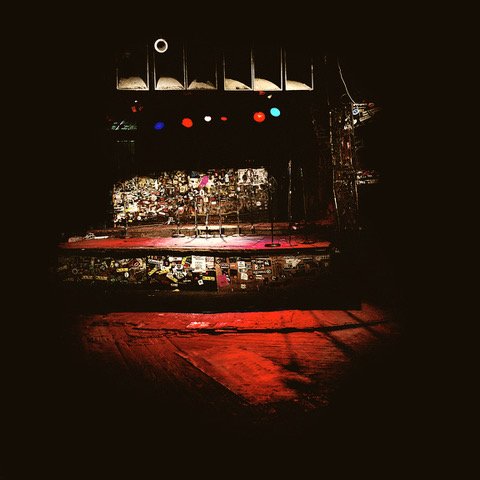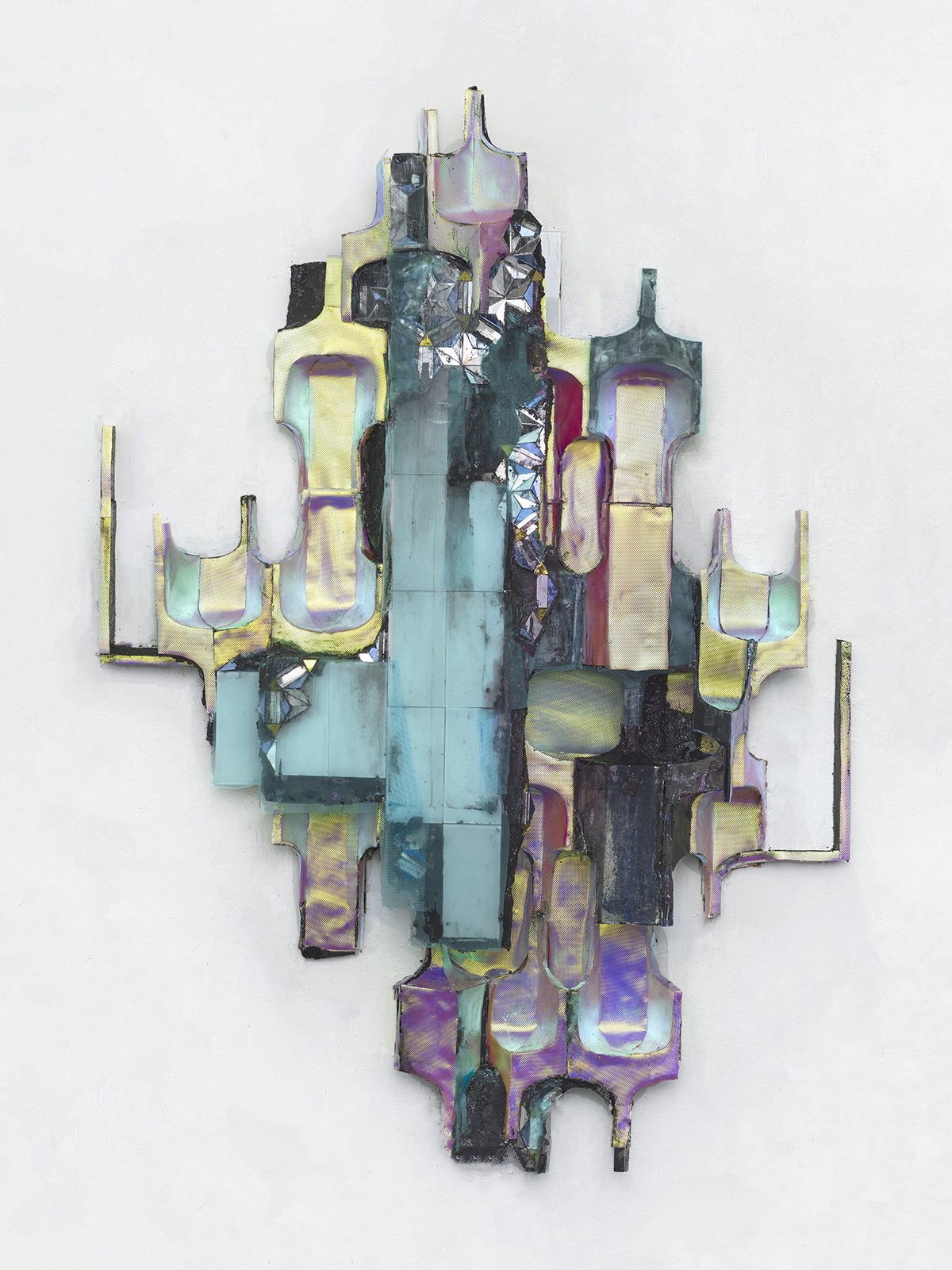Melissa Joseph | Irish Exit
October 19 - November 22, 2023
Opening Reception: October 27, 6 - 8 pm
Margot Samel Gallery
295 Church St | New York, NY 10013
The term “Irish Exit” suggests a colloquial threshold, a transition: bodies passing from one space into another. It also alludes to identity and belonging. The term transforms across cultures and borders, shapeshifting to fit different contexts; in some zones, “Irish exit” becomes “French leave”, “English goodbye”, the list goes on.
It’s an apt framing device for Joseph’s latest explorations in felt, ceramics, and paper pulp—a diverse practice that is powered by a deep engagement with identity and sense of place. It is also one that exists comfortably on edges and in spaces without clear definition. In lieu of a singular approach, her methods combine the languages of craft, painting, and sculpture, giving form to multifaceted concerns.
The exhibition expands on Joseph’s ritual of unearthing and reshaping images of her family and the spaces they’ve made their own. It also engages themes of gendered labor—textiles wielded as a rebuttal to dominant patriarchal traditions. She begins with archival and recent photos, then translates them through new materials; her primary medium is felt, which she layers and shapes by poking fibers into a wool base. The result is painterly, with thick passages of color resolving into recognizable, if fuzzy, forms. This process holds many meanings. Its blurring of details reflects the pliability of memory and identity, channeled through Joseph’s own multivalent experience as a biracial woman, artist, and teacher (her mother is American of Irish descent, her father was born in Kerala, India).
When Joseph renders figures in Irish Exit, the most prominent are women. On the right side of the diptych Wedding Ablutions, a white woman and girl stand near a bed; one helps the other clip garters to knee-high yellow socks. Split on the left side, a brown woman stands, observing the scene. Renee Green’s use of the term contact zone comes to mind, which the artist and theorist has described as “various moments when negotiations between different cultures have to be made . . . ranging from literal spatial instances to psychological ways of coping with what appears to be foreign.” Joseph tells me that the duo are her aunt and mother, on her mother’s wedding day. In a provocative fuzzing of chronology—one enhanced by her fibrous medium—the figure on the left is Joseph herself. The thin space separating the work’s two sides plays a third subject, the live edge is significant.
Joseph forges many live edges and contact zones across Irish Exit. Some works dispense with figures, instead zooming in on various facets of her family’s home—corners, cupboards, furniture. In a smaller piece called Margot, after Meret, she playfully connects themes of domesticity and materiality to a lineage of women artists. Shelves of cups and wine glasses stack on top of each other, a wink towards Meret Oppenheim whose multidimensional practice resists easy categorization. Joseph sees this piece as something of the nucleus for Irish Exit, an exhibition permeated by objects and thresholds that become proxies for identities and relationships, along with spaces they consume, bump against, or leave.
–Alexxa Gotthardt







